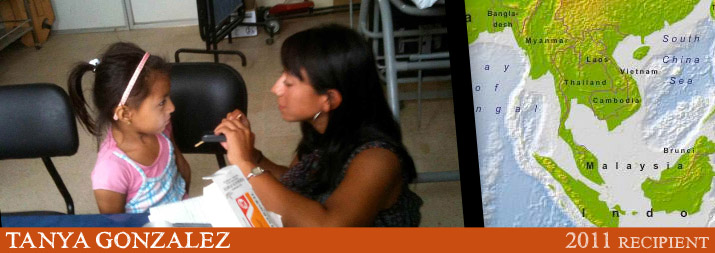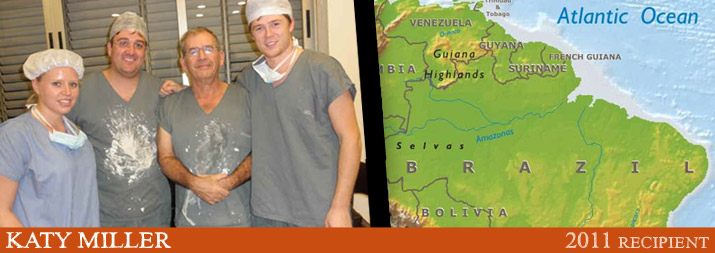Rachel Sandler studied for her MD/MPH at the University of Iowa. Rachel worked on a public health project in Peru for the 2009/2010 school year, a collaboration that was part of Patch Adams’ global initiative to combat childhood malnutrition. Rachel received a $1500 scholarship from Sara’s Wish Foundation.
Here are Rachel’s travel safety tips:
Undoubtedly any traveler to Peru will come to Lima as virtually every international flight lands there. Lima is a large city with lots of traffic and notably gloomy weather. However, it is also full of interesting museums, Peruvian cuisine, and nightlife. The largest city in Peru, Lima is home to many people who have come from the other areas of the country looking for work, but have been unable to find it. Because of this, crime is prevalent. When walking around Lima, one should always be aware of who is around her. Try not to carry items of value, unless absolutely necessary. If one must carry items of value, do so discretely with smaller items hidden close to the body. Certainly not everyone in Lima is a thief, but even in wealthier neighborhoods, like Miraflores, have incidents of petty crime. Especially as a foreigner, you become a target.
Getting around Lima involves either taxis or buses (locally known as combis). According to most Limeños, combis are safer than taxis. Yet understanding the combi system is often not worth the effort unless you will be in Lima for an extended stay. Phone numbers for safe taxis are available in most guide books. These taxis are a bit more costly, but are guaranteed to be safe, especially at night. Another strategy is taking street taxis and when you find a taxi driver who you like, get their phone number to call them when you need a text. This route is a bit less secure, but certainly cheaper.
Red flags for alarm when one is in a taxi include: bartering with a taxi driver that seems too easy and too cheap, when the taxi driver makes a phone call the moment you get in the car, and when the taxi seems to be taken a route through dark streets that appear off the beaten path. If these occur, get out immediately.
Travel in Iquitos is relatively safe. The primary mode of transit is the mototaxi, which may or may not be in good working order. Try to choose a mototaxi that appears newer as it will have less of a chance of breaking down along the way.
In Iquitos, the people are incredibly friendly, which is simply part of the jungle culture. However, you must always be cautious when invited to do things alone. Always go with a buddy if you can, especially at night. Moreover, while the appeal of trying jungle hallucinogens when in the jungle attracts many to Iquitos, one should always go in a group of known friends and a regarded shaman. Reports of assaults have been made from tourists who have entered this situation with locals.

